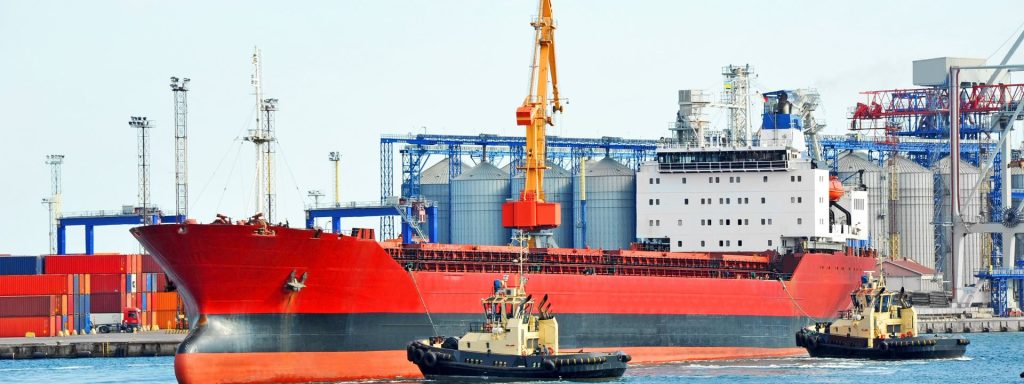Innovations in Forest Products Shipping to Meet Global Demand
As global demand for forest products continues to rise, innovations in shipping and logistics are playing a pivotal role in meeting the challenges associated with this growth. The forestry sector, which encompasses timber, paper, and other wood-based products, is vital to many economies. However, ensuring the efficient, sustainable, and cost-effective transport of these products from forests to markets worldwide has become increasingly complex. One of the most significant innovations in forest product shipping is the adoption of advanced logistics technologies. Companies are leveraging data analytics, Internet of Things IoT devices, and artificial intelligence AI to optimize their supply chains. These technologies enable real-time monitoring of inventory levels, transportation routes, and shipping conditions. For instance, GPS tracking allows companies to monitor the location and status of shipments, ensuring timely delivery and reducing the risk of loss or damage. Additionally, predictive analytics can forecast demand trends, helping businesses adjust their production and shipping schedules accordingly.

Sustainable shipping practices are also gaining traction as environmental concerns become more pronounced. The use of eco-friendly packaging materials, such as biodegradable films and recycled paper, minimizes the ecological footprint of shipping forest products. Furthermore, companies are increasingly turning to alternative fuels and electric vehicles to power their transportation fleets. By reducing greenhouse gas emissions, these initiatives align with global sustainability goals and appeal to environmentally conscious consumers. Collaboration among industry stakeholders is essential for enhancing shipping efficiency. Companies are forming strategic partnerships with logistics providers, research institutions, and governmental agencies to share resources and knowledge. This collaborative approach enables businesses to innovate collectively, addressing challenges such as fluctuating fuel prices and regulatory compliance. For example, joint ventures can lead to the development of specialized shipping containers designed to protect sensitive forest products during transit, reducing waste and enhancing product quality.
Additionally, advancements in shipping methods are helping to streamline the transportation process. The rise of containerization, which allows for the efficient loading and unloading of goods, has revolutionized forest product shipping. By utilizing standardized shipping containers, companies can reduce handling times; minimize the risk of damage, and lower overall shipping costs. Innovations such as automated loading and unloading systems further enhance operational efficiency, allowing companies to move products more swiftly through the supply chain. As global demand for forest products continues to expand, Container shipping for forest products innovations in shipping and logistics are essential for meeting this challenge. By adopting advanced technologies, embracing sustainable practices, fostering collaboration, and enhancing shipping methods, the forestry sector can ensure the efficient and responsible delivery of products to markets worldwide. These innovations not only support economic growth but also contribute to a more sustainable future for the planet.
